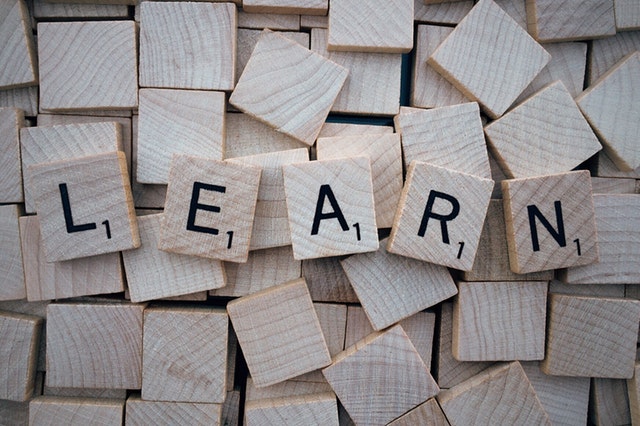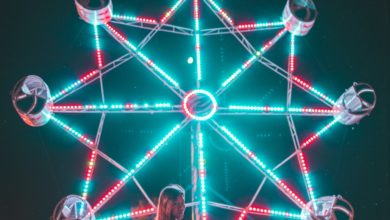Role of Intelligence in Skill Learning

Role of Intelligence in Skill Learning: Following a general belief, that skill learning passes through the stages of the cognitive phase, associated phase, and the autonomous phase, the behaviour of the individual is modified. In the last phase of learning that is the autonomous phase, the individual has already developed or learned the skill to use it instinctively. A skill has become automatic means the person does not require to put much conscious thought or attention while performing the same.
But not every performer can reach this stage. Intense practice, determination and dedication together with aptitude and intelligence can only take an individual to this level. Finally, skilled performance attains automaticity with minimal demands on conscious effort.
As we all know that aptitude is the inherent potential of an individual intelligence is no exception. There are numerous lines of research which support the view that heredity plays an important role in human intelligence. Intelligence quotient is just a measure of the different levels of intelligence in different people.
The complicated interplay between genetic as well as environmental conditions or the nature and the nurture, results in human intelligence. As aptitude test measures a person’s innate abilities, there are numerous intelligence tests via which intelligence of a group, as well as an individual can be measured. The competency assessment testswhich evaluate how successful an individual will be in his or her career are tests of both intelligence as well as aptitude of the same.
They also assess whether a person has significant interest in that particular domain of work. And the latter suggests whether the individual has been forced to take up the job, and it also predicts the persistency rate of the individual on the job. It is difficult for a person to sustain his interest on particular thing, if he has not joined the work on his own choice. Tests of interest clearly reveal whether the person is telling the truth in a personal interview, and that he is genuinely interested to work in that particular organization. Today in almost every kind of job, some kind of training is given to the individual after he or she joins the organization.
This kind of training sometimes requires the learning of specific skills, particular to the job.How well a person can learn the same depends upon how effectively he can grasp the skill. As for example, the learning of physical skills requires the relevant movements to be assembled element by element, using feedback to shape and polish them into a smooth action.
Shaping is a significant procedure which is required for establishing new responses by an initial reinforcement of behaviours. Such attitudes resemble the desired behaviourtermed successive approximations. Also, changing is a process which is used to establish a complex sequence or chain of behaviours. The final response in the chain is trained at first, and then,working backwards earlier responses in the chain are reinforced.This is achieved by the opportunity to perform the least response in the chain which leads to a reward. And this way the stimulus-response chain is consolidated and a skill is learned effectively.

Rehearsal of the skill must be done regularly and correctly, in order to generate a strong stimulus response chain.The consolidation of the skill in the memory, demands a sound stimulus response relationship. Failure of which, an individual can get stagnant at one phase of performance learning, thereby making it difficult for the individual to make the skill instinctive. With more and more practice of a skill, perceptual trace is formed in the mind that eventually facilitates the learning of the same. Also the memory trace helps in initiating the movements which are required for the acquisition of the physical skill.Feedback forms an important stand, and it helps in analysing the reference model actions- the result of those actions and the desired goals and to refine the reference model to produce the required actions to achieve the desired goals.
However other research findings suggest that actions are not stored, rather werefer to abstract relationshipsor rules about movement. It explains this as every time a movement is conducted, four pieces of information are gathered. These are the initial conditions or the starting point. Certain aspects of the motor action that is, how fast, how high the results of the action like success or failure take place and the sensory consequences of the action i.e. how the entire process is felt. Relationships between these items of information are used to construct a recall schema and arecognitionschema. The recall schema is based on initial conditions and the results, and it is used to generate a motor program to address a new goal. On the other hand the recognition schema is based on sensory actions and their outcomes.
Learning and acquisition of a skill is a very common thing that we are often required to do. And it is quite obvious that the candidate’s internal and external characteristics such as genetic traits, intelligence, confidence, attitude, aptitude, interest, prior experiences etc. influences the speed with which the person may acquire a skill.
Hence, genetic factors play an immense role in learning of a skill. This is to point out that it has a great effect on intelligence which dominates over the environmental factors in many respects. Hence intelligence and heredity play a dominating role in different aspects of cognitive as well as psychological functioning, facilitating learning of skills.



